Differing Views On North Korea’s Food Crisis
Torrential rains, heavy summer floods, and typhoons have compounded North Korea’s dysfunctional food-distribution system, leaving millions — including many children — in danger of malnutrition, according to some media outlets and humanitarian-aid groups. But others contend that additional analysis is necessary to verify the circumstances.
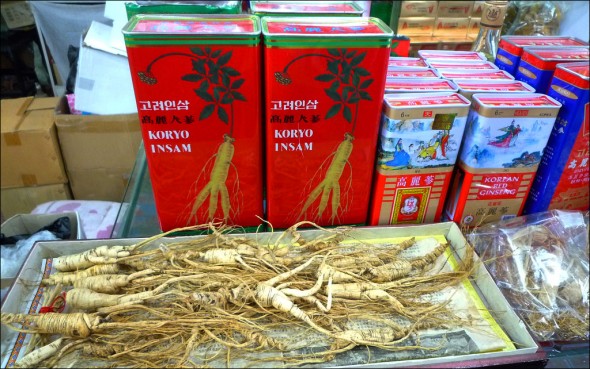 The soaring prices of global commodities, the international sanctions imposed over nuclear and missile programs, the nation’s own collapsing command economy, and this year’s natural disasters have all pushed North Korea to the brink of a hunger crisis, according to Alternet’s special report from a recent visit to the country.
The soaring prices of global commodities, the international sanctions imposed over nuclear and missile programs, the nation’s own collapsing command economy, and this year’s natural disasters have all pushed North Korea to the brink of a hunger crisis, according to Alternet’s special report from a recent visit to the country.
Though their visit was tightly controlled by government officials, the AlterNet team got rare access to collective farms, orphanages, hospitals, rural clinics, schools, and nurseries. They reported evidence of alarming malnutrition, damaged crops, dire healthcare, and limited access to clean water, but also signs of some promise for the coming rice harvest. One journalist cautioned in a first-person account of the visit that the report’s findings may not be statistically representative.
This year’s harsh winter wiped out 65 percent of the barley, winter wheat, and potato crops in the South Hwanghae Province, which typically feeds two-thirds of the country’s population, the governing People’s Committee was reported as saying.
In March, the World Food Programme (WFP) estimated that 6 million North Koreans needed food assistance and that one-third of children under the age of five were chronically malnourished or stunted. In April, the WFP launched an emergency operation, citing reasons such as “bitter winter which hit crop production, a decline in bilateral and humanitarian assistance, and only limited international purchases of staple foods.”
Between late June and early August, torrential rains, successive floods, and two typhoons had inundated southwestern and central provinces, especially South Hwanghae. Earlier this month, international media outlets published photos that suggested damage to North Korea’s maize crops and that depicted children with signs of severe malnutrition, such as skin infections and patchy hair.
Appeals for International Aid Prove Difficult
North Korea’s attempts to solicit massive food aid have mostly fallen on deaf ears, with the United States and South Korea — the two biggest donors before sanctions were imposed in 2008 — saying they would not restart aid until they are certain that the military-led communist regime will not divert the aid for its own uses, nor until progress is made on disarmament talks.
Meanwhile, frustrated with North Korea’s severe restrictions on the movement of foreigners, the United Nations has announced it would only send aid to areas where it was allowed access, according to AFP. So far this year, only 30 percent of a U.N. food-aid target for North Korea has been met, Reuters reported.
Though North Korea has eased some of the restrictions in the face of the looming famine, humanitarian support is still only 10 percent of what it was a decade ago. The country is now one of the world’s most chronically under-funded humanitarian emergencies, Hiroyuki Konuma — the U.N. Food and Agriculture Organization’s (FAO) Asia representative — told AFP.
As the U.N. presses for more freedom for aid agencies, U.N. humanitarian chief Valerie Amos is scheduled to visit North Korea next week, AFP reported. Reuters also noted that there have been conflicting reports out of North Korea as to how bad the situation really is, and this is another major reason for Amos’s visit.
Source: AFP, AlterNet, Capital Weekly, Reuters, TIME
, a Bulgaria native, is a Chicago-based reporter for Circle of Blue. She co-writes The Stream, a daily digest of international water news trends.
Interests: Europe, China, Environmental Policy, International Security.

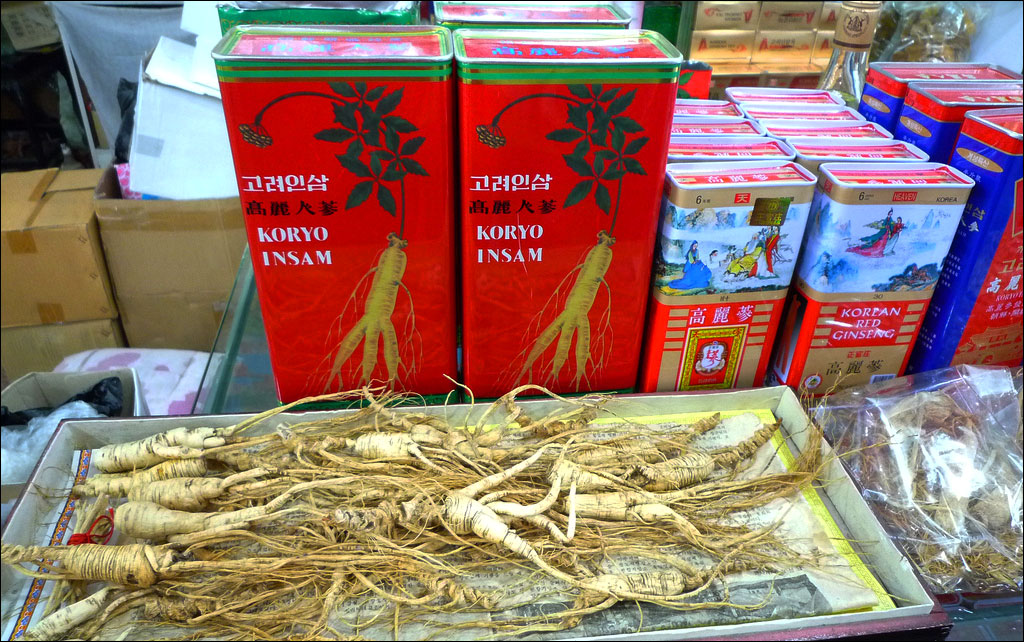
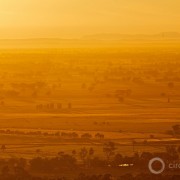
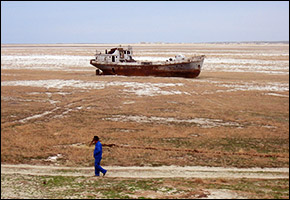
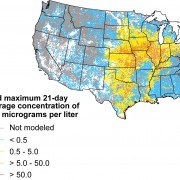
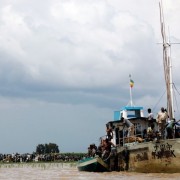

Leave a Reply
Want to join the discussion?Feel free to contribute!